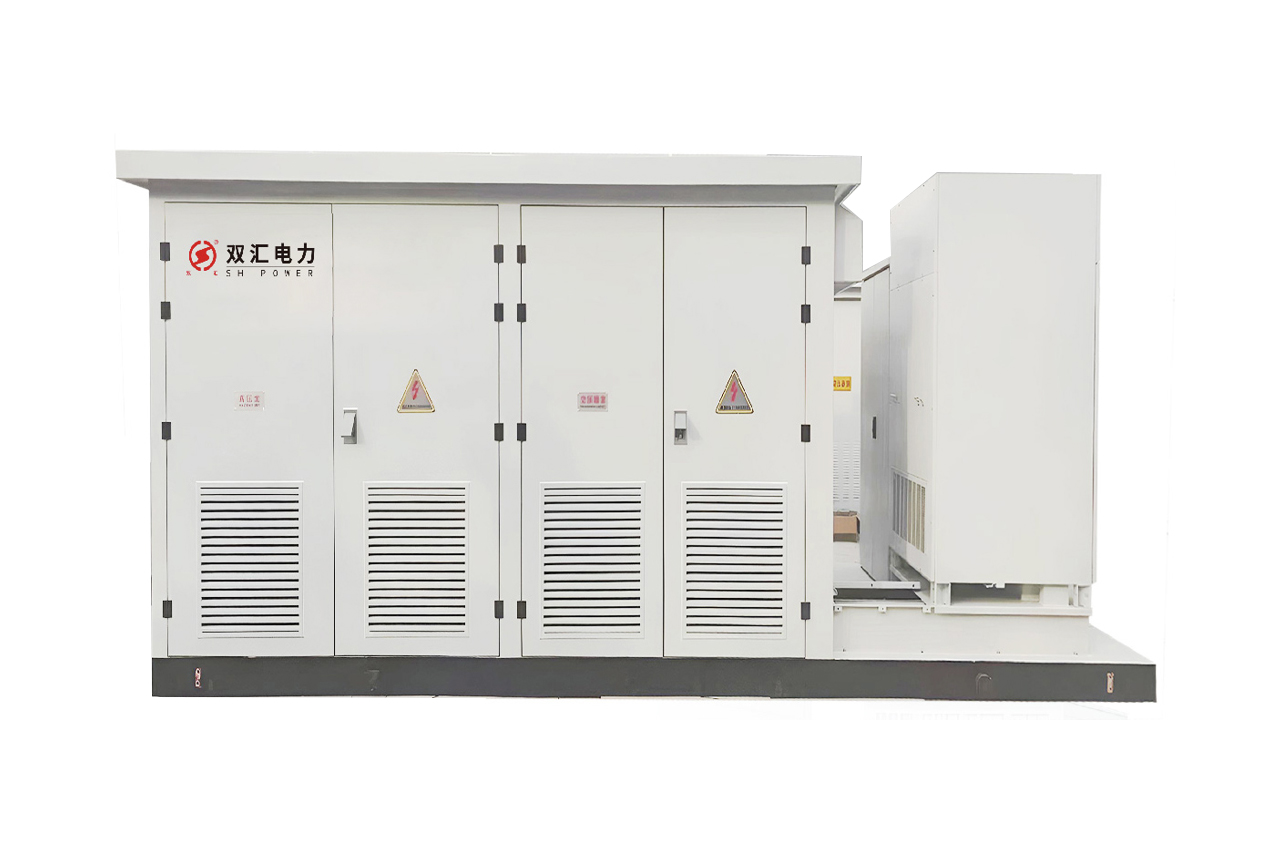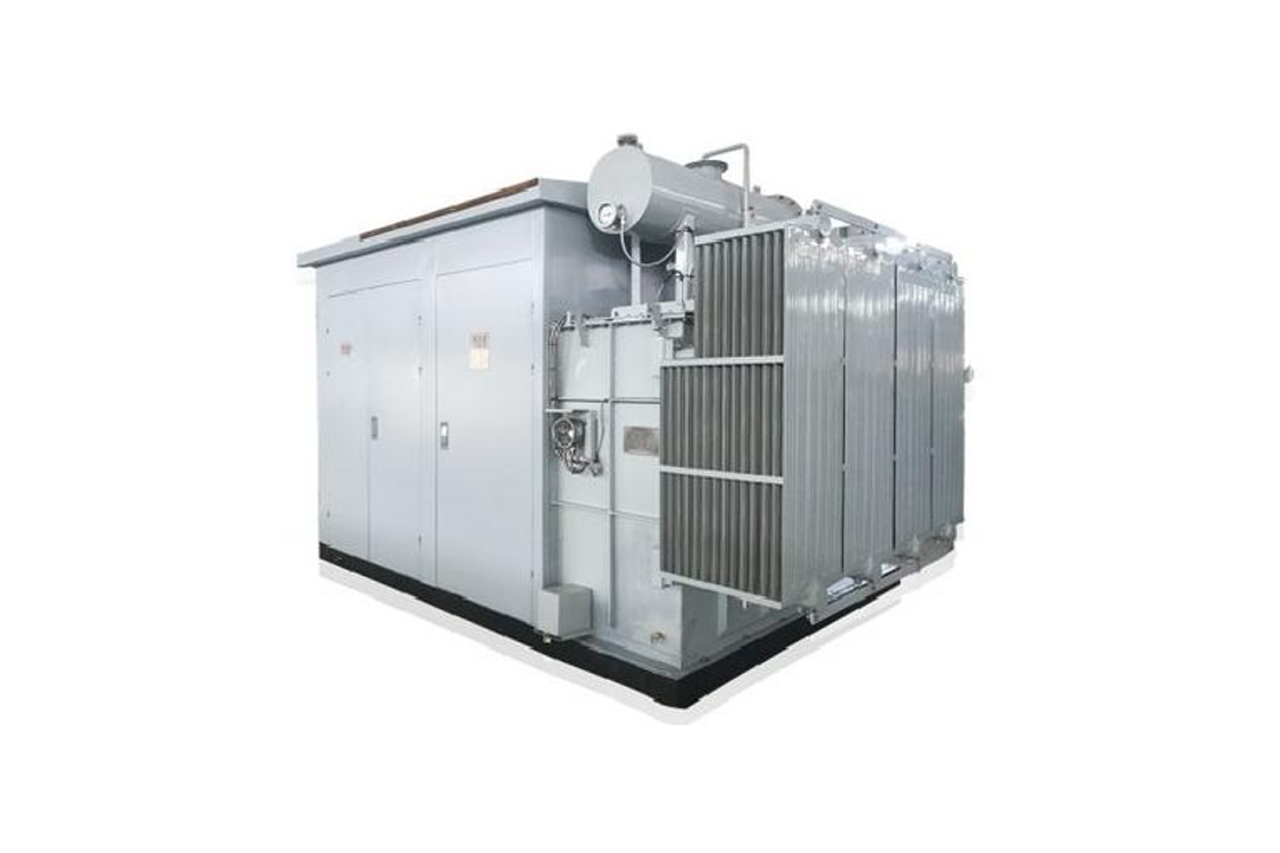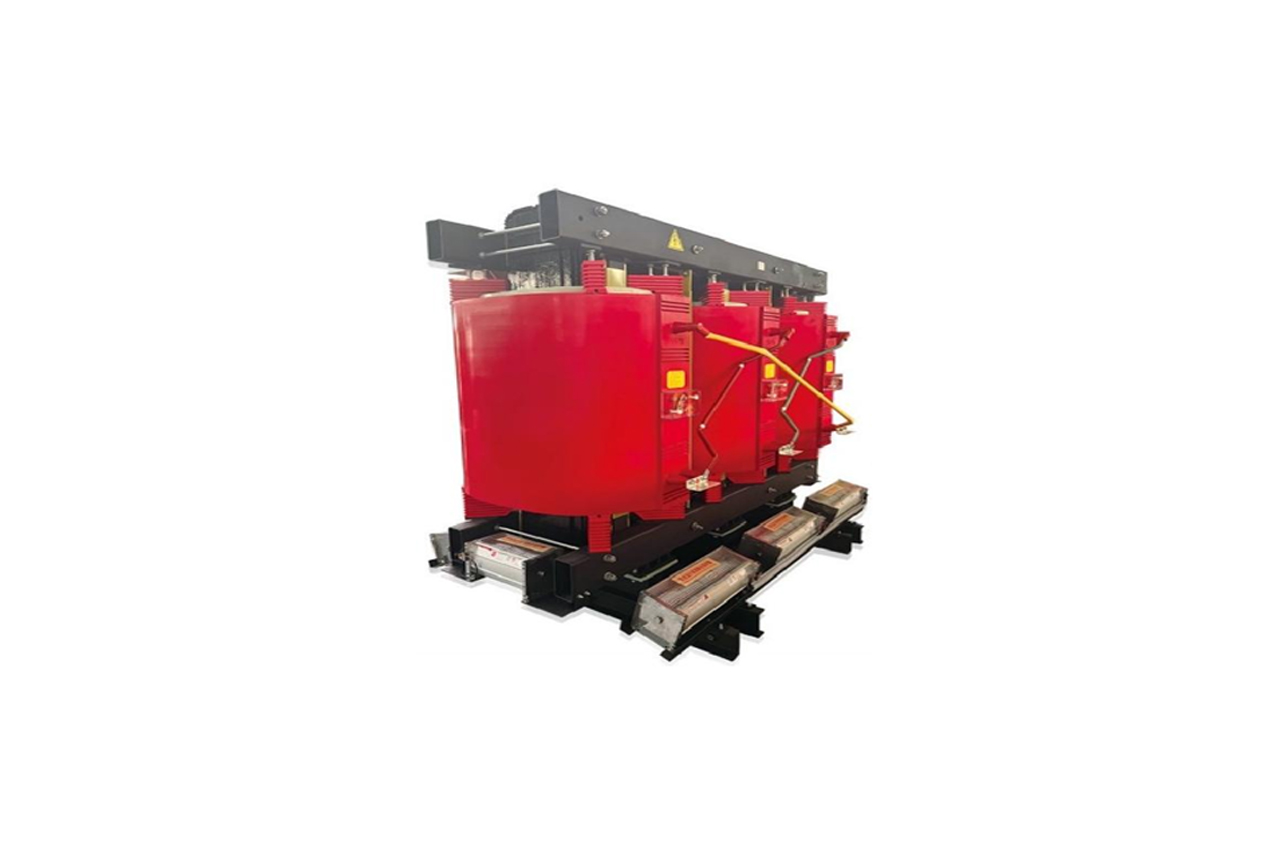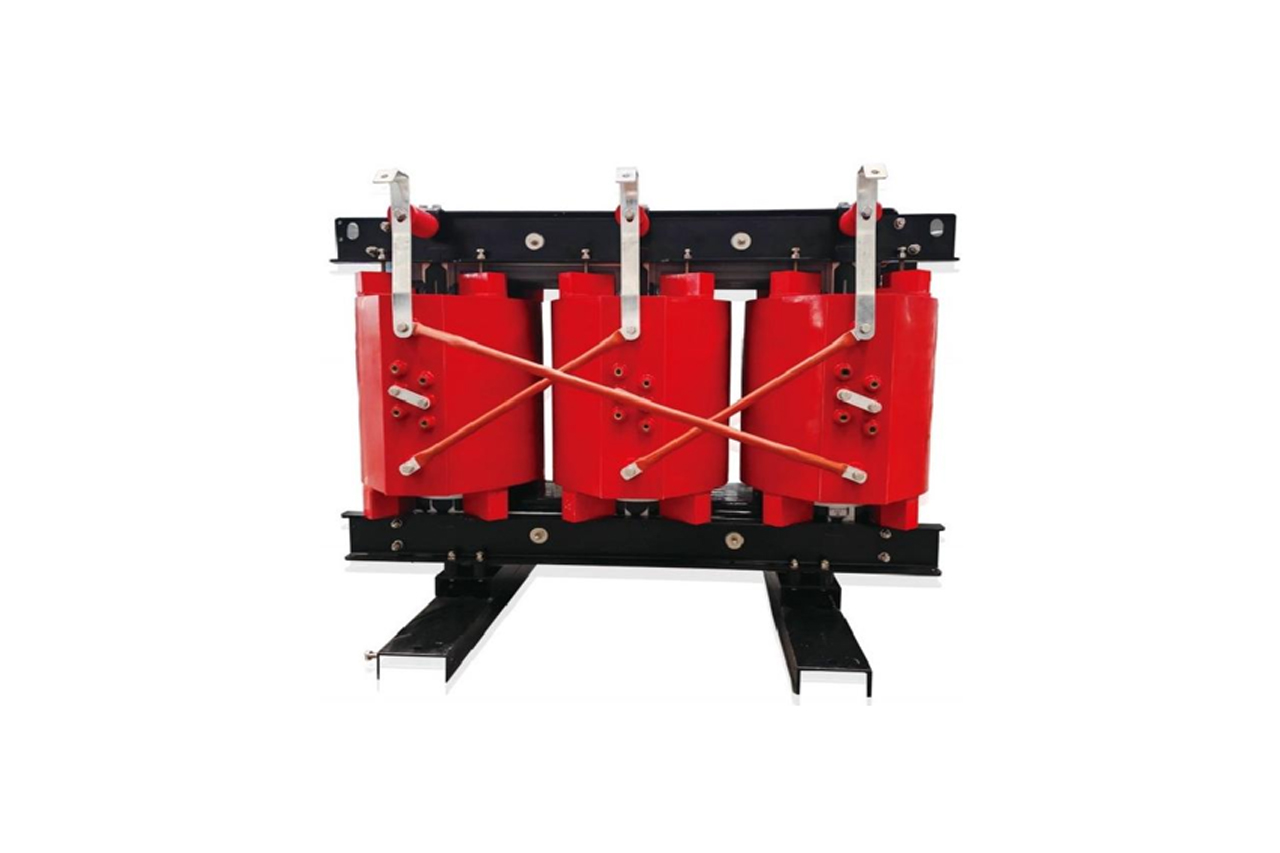LV/HV Electrical switchgear is a type of metal-enclosed switchgear, mainly used in power systems with rated voltages ranging from 3.6kV to 40.5kV. Its main functions include the distribution, control, protection, and monitoring of electrical energy, ensuring the safe and stable operation of the power system.
What is an electrical cabinet?
An electrical cabinet is essentially a storage unit that houses the electrical components required to automate a machine or a production process. It serves as the central point of control, enabling the seamless operation of various machinery components.
Components of an Electrical Cabinet
The elements of an electrical cabinet are broadly categorized into two types: non-electrical or mechanical components and electrical components.
Non-electrical components
- Back Panel: This is a steel sheet onto which other components are mounted.
- DIN Rail: A steel rail of standardized width that provides a mounting base for devices. The term “DIN” is derived from the German Institute for Standardization.
- Wiring Duct: This component helps in routing and organizing cables and wires, powering and connecting the various electrical devices.
Electrical components
- Main Circuit Breaker: This switch serves as the primary point where power enters the cabinet and energizes all the electrical devices.
- Surge Suppressors: These devices protect all electrical components in the cabinet from potential over-voltage.
- AC Power Distribution: Composed of several circuit breakers, this system serves as a hub enabling connection for other devices that require AC voltage.
- Power Supply: This component converts incoming AC voltage to DC voltage. The typical output voltages are 5V, 12V, and 24V DC.
- DC Power Distribution: Similar to its AC counterpart, DC power distribution involves circuit breakers specifically designed for DC voltage. These circuit breakers facilitate the delivery of the correct DC voltage to the various components in the cabinet.
- Terminal Blocks: These serve as connection points for wires within the cabinet. Terminal blocks may be used to connect two wires together or as points where field instruments such as sensors or actuators are wired into the electrical cabinet. Terminal blocks can be of digital or analog type.
- Ethernet Switch: This device enables communication among various elements within the panel.
- Programmable Logic Controller (PLC): This component sends and receives data from instruments connected to the machine.
- Relays: These protect the PLC from overcurrent while enabling digital outputs.
Documentation
A crucial aspect of an electrical cabinet is its documentation, which should include mechanical, electrical, and network diagrams. Additionally, a list of materials, consumables, and spare parts is also necessary. There are several standards governing the creation of this documentation, which will be discussed in the following section on certifications. The most crucial point to note is that all cables and elements should be identifiable, allowing any authorized technician to troubleshoot and maintain the electrical cabinet effectively.






